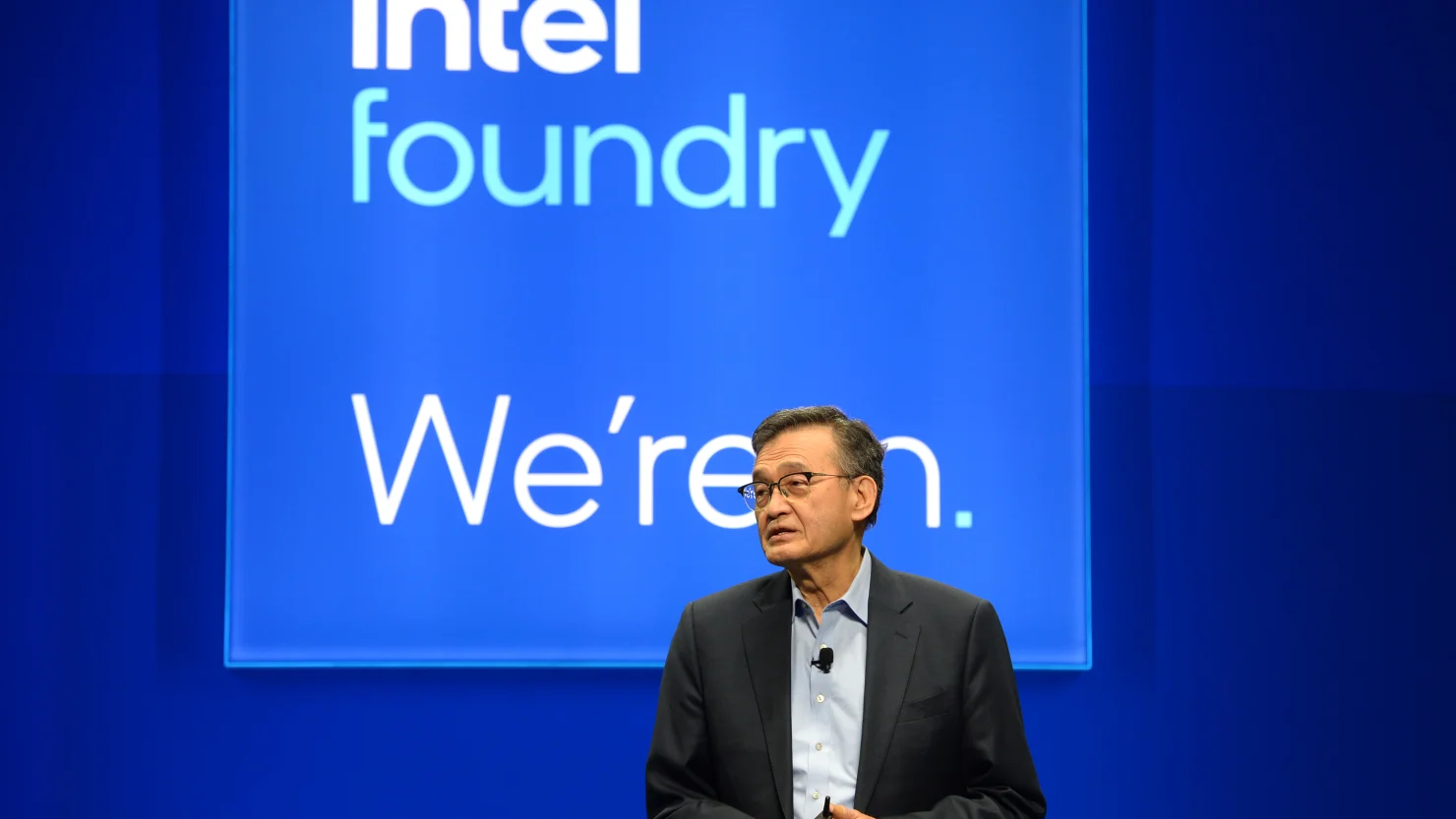Intel’s stock plunged more than 8% after the company announced plans to cut costs in its chip foundry business as part of efforts to turn around its struggling operations. The decline came despite Intel reporting better-than-expected earnings and a stronger sales forecast for the third quarter.
Intel reported adjusted earnings of 10 cents per share, exceeding analyst estimates of just one cent. Revenue also beat expectations, signaling some positive momentum. However, concerns about the future of Intel’s foundry business and manufacturing roadmap overshadowed the upbeat earnings report.
New CEO Lip-Bu Tan, appointed in March, outlined a more cautious approach to the company’s chip manufacturing process, known as 14A. In a memo to employees, Tan emphasized that Intel will only proceed with building out this next-generation node if it secures confirmed customer commitments. He pledged “no more blank checks” for foundry investments and acknowledged that the company might “pause or discontinue” its foundry business if key customers do not materialize.
Intel’s filing with the U.S. Securities and Exchange Commission revealed the company has struggled to attract significant external foundry customers for any of its technology nodes. This uncertainty has created doubts about Intel’s ability to compete effectively, especially against rivals like Nvidia in the artificial intelligence chip market.
The company is cutting back on chip facility projects in Germany and Poland and scaling down production in Ohio, reflecting its reduced foundry ambitions. Intel’s success depends heavily on landing major customers, but without clear commitments, the future of the foundry business remains unclear.
Intel’s stock performance has been challenging, with shares losing 60% of their value in 2024—its worst year on record. The downturn reflects the company’s difficulties gaining traction in fast-growing markets like AI and skepticism about its foundry strategy.
Tan acknowledged the company’s recent struggles, attributing them to overinvestment and underutilized factory capacity. Intel is also in the midst of a workforce reduction, cutting about 15% of employees to finish the year with 75,000 staff.
Despite the negative market reaction, some analysts view Intel’s foundry cost cuts as a positive step forward. However, ongoing concerns about market share losses and competitive pressure continue to weigh on investor sentiment.
READ MORE:
